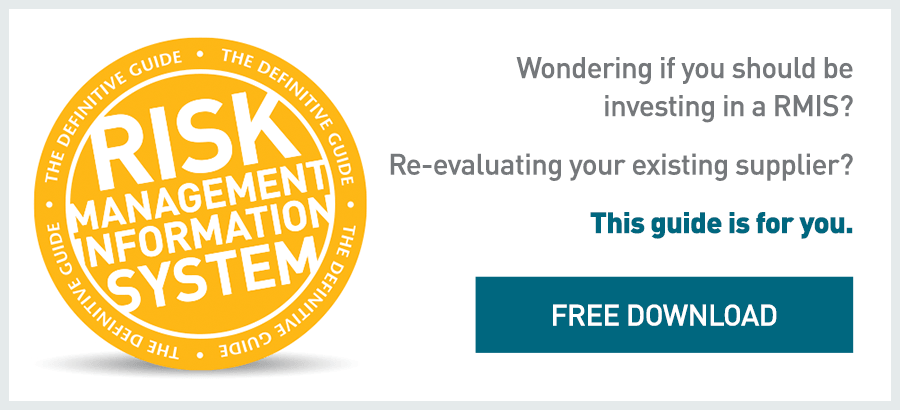
To respond to changes in data storage and growing financial complexity, risk managers are increasingly turning to risk management platforms. Good programs can automatically monitor company operations, assess threats, and make suggestions for improvements at all hours. The future of risk analysis lies in programs that consolidate large amounts of data and manage the risks of cloud computing.
Accelerating Automation
Companies are increasingly adopting automated risk management products to save money and improve results. Automated risk software requires few workers to operate, reducing job demand and associated payroll costs. It can monitor risks continuously, provide quick reports to management, takes regular records, and guards against after-the-fact data manipulation.
De-fragmentating the Data
The growing complexity of the financial services industry presents a major risk management challenge. Banks and businesses continuously create new investment products, each of which comes with a new set of regulatory issues. To understand these products and keep clients' data safe, asset management firms have had to adopt a wide range of new technologies, many of which evaluate only one type of investment. The more of these technologies businesses have to adopt, the harder it is to keep track of all of their clients' investments, increasing the risk of data theft and lowering business efficiency.
To improve efficiency and prevent theft, risk management software solutions must be able to compile and analyze large amounts of data from different sources. Software vendors seek to meet this need by creating single risk management platforms that can keep track of multiple different kinds of data at once, performing all of the firm's risk management functions from the same source. The best platforms will be able to quickly evaluate and incorporate new types of investments and stay up to date on legal and regulatory issues; this will allow businesses to respond to changes in the market at minimal cost.
Considering the Cloud
The number of businesses using cloud computing in their day-to-day operations has created new challenges for analyzing and reducing company risk. In cloud computing, businesses buy storage space and computer resources from a central provider and access them over a network rather than installing hardware in their offices. This gives businesses more flexible pricing options, allows them to install new resources quickly, and makes it easier to adapt to new technology. Cloud computing also prevents companies from directly controlling their programs, increasing the risk of:
- Internet Issues- Businesses that rely on cloud computing must have quick Internet service at all times. Even minor service outages can cost a business thousands of dollars.
- Data Diversion- Cloud computing involves handing over confidential data to a third party, which might misuse the data or fail to protect it from attackers.
- Programming Pitfalls- If you buy all of your software from the cloud, and some of that software turns out to be buggy, fixing those bugs is more difficult.
To minimize these risks and allow businesses to get the most of their cloud services, risk software must be able to assess the kinds of data that a business needs to store, ensuring that confidential data does not end up in insecure locations. Risk analysis software can evaluate the legal, regulatory, and IP issues surrounding each piece of data, determining whether it is safe to store the data on a cloud service and what kind of encryption policies are required to keep it safe. Risk management software must also be able to evaluate cloud service providers' policies on system failure response, data theft, and other risks, selecting a provider who will deliver the best service at the lowest risk levels.














